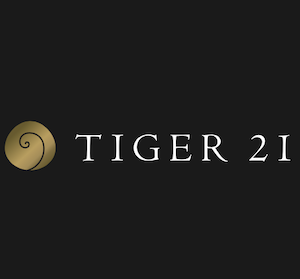Realignment of interests in the hedge fund space is continuing, with hurdle rates and founder’s share class structures now present in more than 70 per cent of institutional portfolios, according to Credit Suisse’s mid-year Hedge Fund Investor Sentiment Survey.
This appears to be part of the ongoing dialogue between investors and hedge funds regarding proper alignment of terms & fees.
The Survey, which polled over 200 global institutional investors representing almost USD 660 billion in hedge fund investments on their hedge fund activities during the first half of the year, as well as strategy appetite and allocation plans for the second half of the year, also reveals that quantitative investing is a focus for the majority of respondents, with nearly ~60 per cent indicating they were likely to increase allocations to strategies incorporating some quantitative analysis over the next 3-5 years. This includes pensions, which registered the most interest of all investor segments.
In addition, 81 per cent of investors responded they are very likely/likely to allocate to hedge funds during the second half of 2017, which is up from 73 per cent during the second half of last year. In particular, fund of funds (86 per cent) and family offices (84 per cent) said they were most likely to be active allocators.
Robert Leonard (pictured), Managing Director and Global Head of Capital Services at Credit Suisse says: “Institutional investors continue to realise real progress in the ongoing realignment of interests between hedge funds and their limited partners, with more favourable fee structures and terms being offered by managers. We see this initiative as being in the middle innings of a discussion that continues to evolve across the industry.
Another notable trend in this year’s survey is the rise in investor appetite for quantitative investment approaches by hedge fund managers. This includes potential allocators such as pension funds, some of whom may not have been actively investing in this type of investment style in the past. It will be interesting to see how this focus plays out over the next few years.”
Hedge funds saw the largest positive swing in net demand for any asset class surveyed this year, with investors reporting +12 per cent net demand for hedge funds in their asset allocation models. This compares favourably with last year, when investors indicated -3 per cent net demand for hedge fund allocations.
Top 3 strategies identified for potential 2H 2017 allocations are Equity Long / Short, Global Macro – Discretionary, and Quantitative – Equity Market Neutral / Statistical Arbitrage. Interest in Fixed Income Arbitrage / Relative Value strategies saw a decline from the beginning of the year, falling out of the top five preferred strategies.
In addition to Global strategies (57 per cent), investors indicated a regional focus on Developed Europe (47 per cent), and North America (47 per cent). In the case of Developed Europe, it does represent a rebound from last year when concerns in the wake of the Brexit vote dominated many views. India was the most frequently mentioned country specific opportunity.
Some 87 per cent of investors who redeemed from hedge funds during the first half of this year expect to recycle that capital (up from 82 per cent in 2016) to other hedge fund managers, rather than allocating to other asset classes going forward.
Interest in alternate vehicles (structures different from traditional Master/Feeder) increased from last year, with Co-Investments and Risk Premia being ranked as the most preferred. Interest in long-only funds managed by hedge funds also showed a slight increase as well.







